Italian Wines: A Guide to Wine in Italy

Talking about wine in Italy is like recounting the history of the whole country. Italy is one of the few places in the world where, in the field of wine, it is possible to combine the latest frontiers of technology with the customs of times gone by, with customs and traditions accumulated and added to over the centuries.
Welcome to the "Land of Wine", a unique landscape that every year expresses the variety and distinctiveness of its land, culture and vines through the quality of its wines.
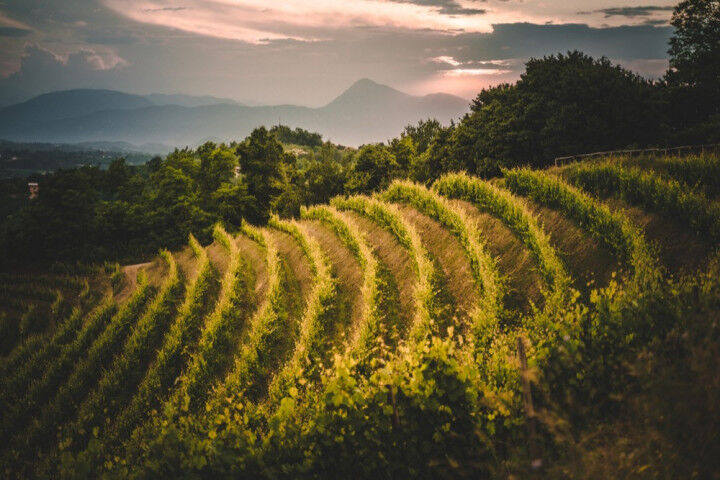
Why does Italy have the best wines in the world?
A glance at the figures for Italian wine shows that ancient Oenotria ( Enotria – southern Italy) can rightly be considered one of the main players in this sector: in terms of quantity, it is currently the world's leading producer with almost 45 million hl on an area of over 650 thousand hectares of vineyards.
The cradle of one of the most complex and varied indigenous ampelographical (the field of botany concerned with the identification and classification of grapevines) heritages on the international scene, despite the devastation caused by phylloxera at the turn of the 19th and 20th centuries, the ‘Bel Paese’ (Italy), together with France, represents one of the most fascinating wine-growing gardens, not only in the Old Continent, but in the whole world, due to its quality and age-old traditions.
Viticulture and wine are an expression of not only the agricultural and economic, but also the social and cultural, fabric of the entire Italian territory, from north to south, and from east to west: the variety of climates, the great complexity of the terrain within each individual district, some of which have not yet been fully exploited to their full potential, the countless number of denominations, production regulations and types, draw a wine map which is rich in features of rare charm.

Wine Italy - Where is wine grown in Italy?
Italian wine region
Dividing Italy into three zones, the most important wine-growing areas that sometimes coincide with the main appellations are
- North: Valle d'Aosta, Piedmont (Langhe, Roero, Monferrato, Asti, Gattinara and Ghemme); Lombardy (Oltrepò Pavese, Valtellina and Franciacorta); Trentino (Piana Rotaliana), Alto Adige, Veneto (Valpolicella, Soave, Bardolino, Conegliano-Valdobbiadene); Friuli (Carso, Collio; Colli Orientali del Friuli, Grave); Liguria (Riviera ligure di Ponente)
- Centre: Emilia-Romagna (Lambrusco, Albana di Romagna); Tuscany (Bolgheri, Costa Toscana, Brunello di Montalcino, Carmignano, Chianti (Classico), Nobile di Montepulciano, San Giminiano); Marche (Verdicchio); Umbria (Montefalco, Torgiano, Orvieto); Lazio (Frascati); Abruzzo (Trebbiano and Montepulciano d'Abruzzo); Molise (Biferno); Sardinia (Vermentino di Gallura, Vernaccia di Oristano)
- South: Campania (Greco di Tufo, Fiano di Avellino, Taurasi); Puglia (Primitivo di Manduria, Negroamaro del Salento); Basilicata (Aglianico del Vulture); Calabria (Cirò); Sicily (Etna, Marsala, Moscato di Pantelleria, Cerasuolo di Vittoria)

How many docg wines are there in Italy?
There are four main levels in the Italian wine pyramid of quality:
- Vino da Tavola: refers to wines made from authorised grapes but not regulated by a specific production regulation. It can include wines of lesser value, but it is not difficult to find excellent wines, because some producers choose not to comply with strict regulations and give up a higher qualification while marketing quality products.
- IGT (Indicazione Geografica Tipica - Typical Geographical Indication): this encompasses fairly extensive areas of production, but often does not represent wines with a medium-low profile; on the contrary, many of the most appreciated and internationally recognised wines fall into this category (such as the Supertuscans).
- DOC (Denominazione di Origine Controllata – Controlled designation of Origin): this defines restricted geographical areas in which production is strictly linked to the traditions and history of the place; the wines must undergo adequate controls to verify the organoleptic properties and physical-chemical characteristics.
- DOCG (Denominazione di Origine Controllata e Garantita – Denomination of Controlled and Guaranteed Origin) these occupy the highest point of the pyramid. The same applies as for DOC wines, but with additional geographical restrictions, demonstrating unique and distinctive characteristics compared to wines belonging to the lower category.
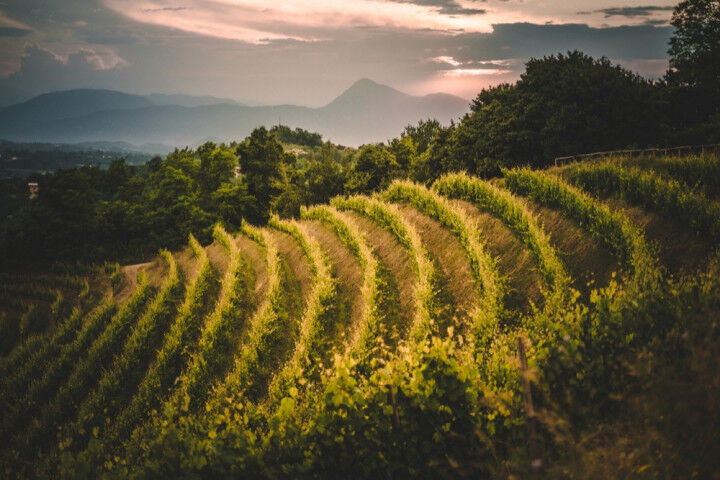
Who brought wine to Italy?
The history of wine in Italy dates back to around 1000 B.C., initially as a result of the work of the Phoenicians and the Greeks, through their conquests in the Mediterranean Sea, particularly in southern Italy. We can define the Greeks as the authentic precursors of the Italian wine civilisation by introducing varieties and producing the first nectars (7th century B.C.), since the Phoenicians only imported wine into Sardinia and Sicily.
Ancient Rome (1st-5th centuries A.D.) was to be fundamental in spreading wine culture throughout the European continent, both through the cultivation of the various grape varieties and through the fundamental transport in solid wooden containers. As the centuries passed, the vine barely survived before it regained space and importance in the heart of the Middle Ages (6th-15th centuries) and became, at least in Italy, an important economic item. The nineteenth century is considered a century of reform, in the sense that wines such as Barolo acquired nobility while others were redefined by improvising blends, such as Chianti.
The decisive impetus for the improvement of national production took place in the following century, precisely in 1963, when the first law regulating the production of wines with Denomination of Origin was passed, followed in 1992 by a new law, which is currently in force, which regulates the system of denominations.
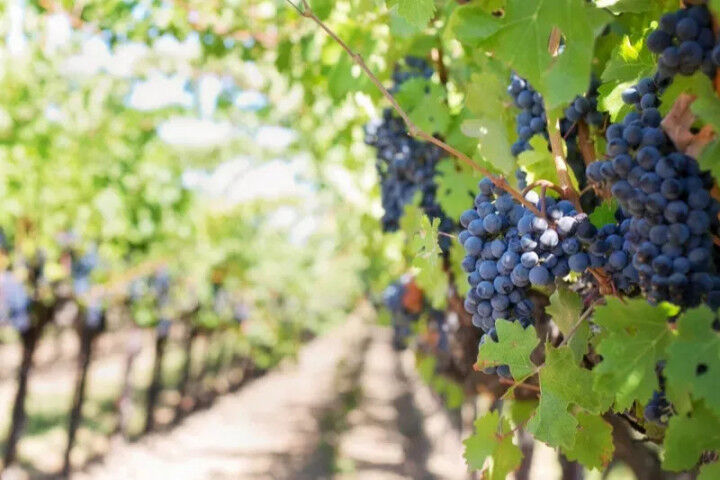
What are the best native Italian dark grape varieties?
Capable of volume and also of nuance, vigorous in structure and vibrant with minutiae. Between Tuscany and Romagna, between Umbria and Marche, it produces genuine magnificence. Floral and fruity, with an acidic edge, and great depth, at its best it is unrivalled.
Its aromatic vibrations are sumptuous, balsamic and woody, its polyphenolic architecture complex. A champion from the Langhe, northern Piedmont and Valtellina.
Nerello Mascalese
The originality of the Etnean and Messina terroirs - the volcano and the sea - the composite elegance of the vine, with its gothic sharpness and baroque inlays, are increasing the number of quality labels and producers.

Complex, leathery, and extraordinarily long-lived. The use of the barrique tames its fierceness, making it rather soft and velvety in a short time.
Robust, generous, extrovert, as prickly and wild when young as it is capable of more elegant subtleties when matured. Surprising how well it holds up over time (neither too tannic nor too acidic), which in some versions is miraculous.
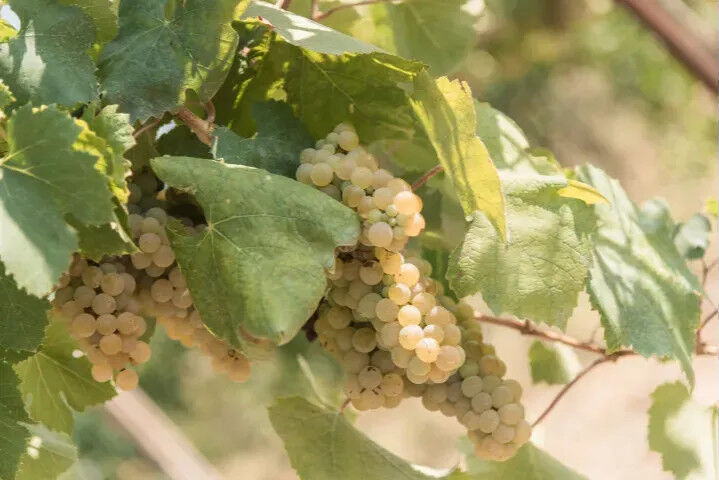
What are the best native Italian white grape varieties?
Fiano
From the classical Latin authors to the medieval courts of southern Italy, this grape has always been considered one of the noblest white grapes of the peninsula. The harmony achieved between the climate of the area of production (Irpinia) and the vine gives a white wine of great olfactory finesse (apple, pear, hazelnut, honey), supported by a vibrant acidity that makes it one of the most enduring in the country.
A white wine of extraordinary character, golden yellow in colour, with a complex fragrance (quince and almond) and a respectable saltiness which, again, in Irpinia gives excellent results.

Verdicchio
A wine from the Marche region of great olfactory finesse and notable structure, long-lived and complex, made elegant by the ample aromas of aniseed, white flowers and dried fruit that are found on the palate, almost always dominated by a delicate hint of almonds and a rich sapidity.
Garganega
Its aromas tend to be characterised by a fresh floral note followed by ripe fruit aromas. After adequate ageing it often reveals an extraordinary minerality. Harmony, flavour and longevity have always belonged to this variety, which has found its elective home in Soave.
Carricante
A very old vine that finds its greatest expression on the slopes of Etna. If properly vinified, it gives rise to white wines of unexpected longevity, in which sensations of orange blossom, aniseed and white fruit predominate, accompanied in the mouth by an elegant acidic backbone and a very fine minerality.
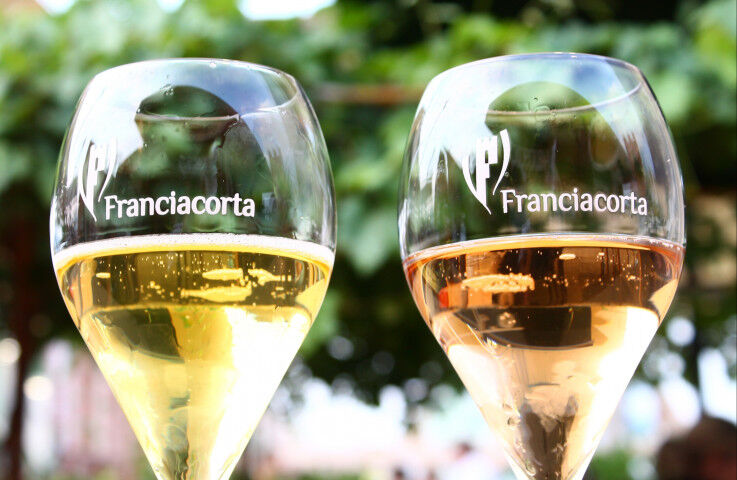
Which are the best Italian wines according to type?
As far as red wines are concerned, I certainly opt for Tuscany (Chianti Classico DOCG and Brunello di Montalcino DOCG) and Piedmont (Barolo DOCG and Barbaresco DOCG), which dominate the national and international scene, especially in terms of quality and longevity. As far as white wines are concerned, I choose Alto Adige, Valle d'Aosta, Friuli (Collio), Marche (Verdicchio), Irpinia (Greco di Tufo and Fiano di Avellino) and Sicily (Etna) as areas. As far as bubbles are concerned, the types that I prefer and that reflect, not by chance, the most suitable areas are Alta Langa DOCG, Trento DOC and Franciacorta DOCG.
For pink/rosé wines it is not so much a question of area as of wine making technique: the best products are those from Garda (Bardolino and Valtenesi), Abruzzo (Cerasuolo) and Puglia (Rosato del Salento). As for fortified wines, a great wine is Vernaccia di Oristano. I don't think Italy is ready yet for the so-called Orange Wines.

What is the future of wine in Italy?
Today, Italy can boast an enviable blend of passion for research, advanced technological knowledge and the intrinsic qualities of its territories, which confirm the very healthy state of wine production. The quality-price ratio is unquestionably one of the best in the world and the winemaking heritage is still the envy of all, but this is not enough!
The task of the wineries remains that of spreading the search for excellence more widely, because competition with foreign brands is objectively ruthless and, sometimes, knowledge of Italian wines abroad is still poor.

Italian Wine FAQs
Which region produces the most wine in Italy?
The region where the most wine is produced is Veneto (about 11 million hectolitres), followed by Puglia (9.7 million hectolitres) and Emilia Romagna (6.6 million hectolitres).
How much wine is drunk in Italy?
Italy is in third place with a consumption of 5.08 litres of wine per person per year

all.sign in to leave a review













